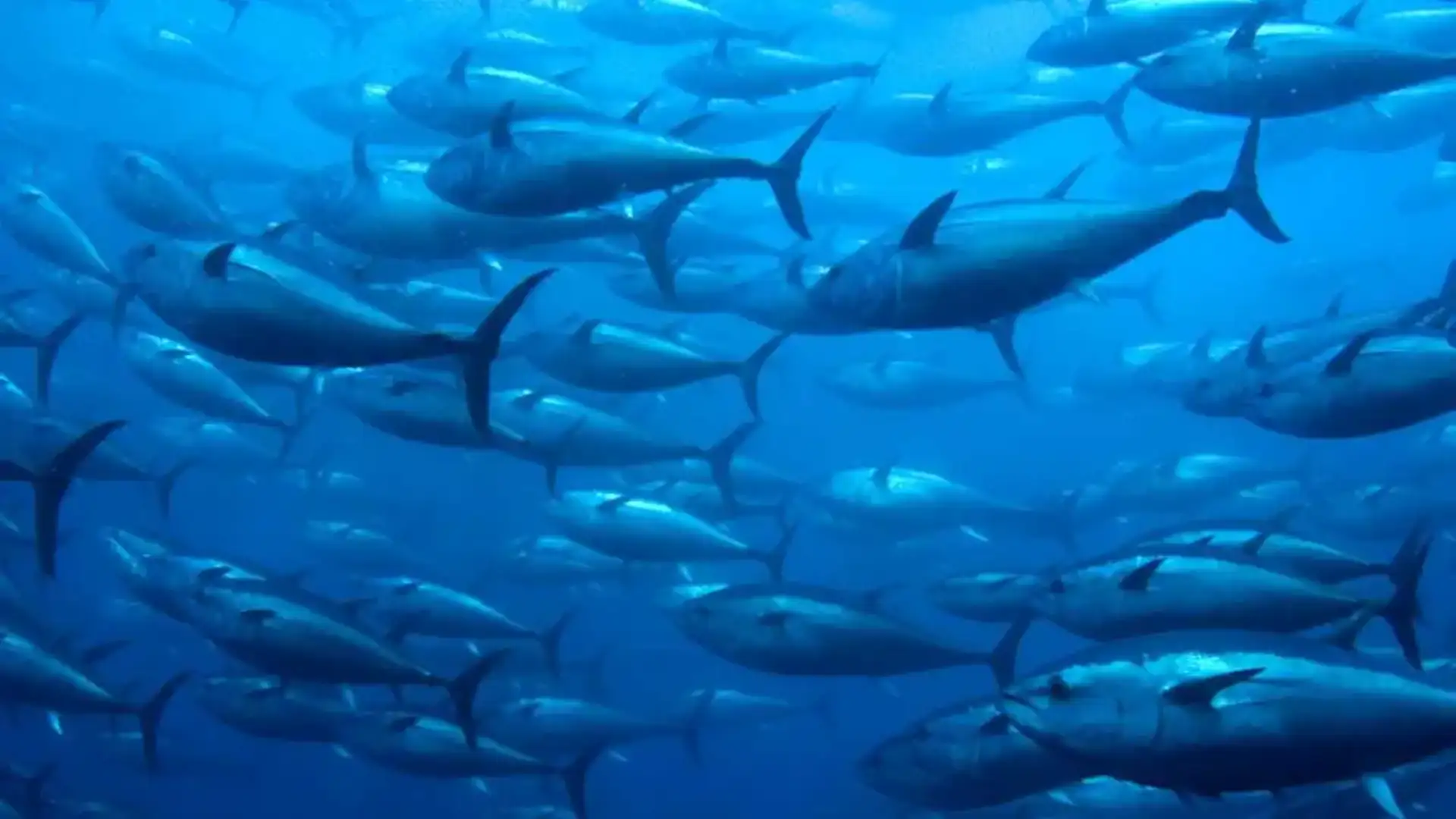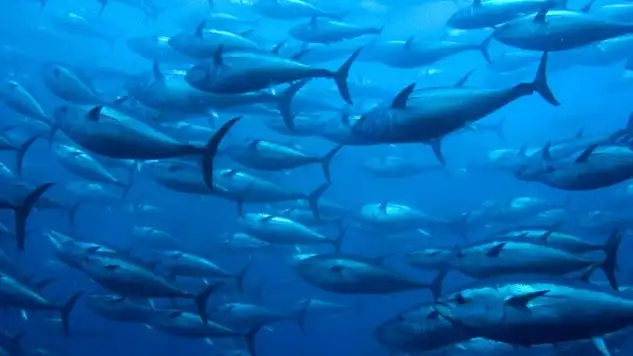
Bluefin tuna has repopulated the Mediterranean
Bluefin tuna has repopulated the Mediterranean

Tuna is actually a part of the 'Thunnus thynnus', which is reproduced and fish in the Mediterranean (Photo rtve)
According to "DePeru," the Mediterranean bluefin tuna was about to disappear, but based on fishing quotas and draconian controls, it has repopulated the sea, returning hope for the preservation of this species, threatened all over the world. It eats almost everything that goes ahead of its mouth, can weigh up to 650 kilos, measure more than four meters long and put hundreds of millions of eggs and yet this portent of nature was about to die because of overfishing.
"In 2001, we were in a serious crisis, bluefin tuna (from the Mediterranean Sea) was about to disappear"the AFP Alessandro Buzzi, expert of the NGO World Nature Fund (WWF). The number of players had fallen to 150,000 tonnes in 2008. During the last assessment, in 2013, it had been up to 585,000 tons, and even better results were expected this year.
The goal of restoring the reserve of players set for 2022 will be achieved from 2018, according to Bertrand Wendling, General Director of St. Tho.An, a cooperative of the port of Sète, in southern France. This summer, the player reserve will be reassessed for a report to the International Commission for the Conservation of Atlantic Tuna (ICCAT) at the end of the year."If the assessment is positive, it will be the end of the reconstitution plan, that is, of the emergency measures. This will open the way for a long-term management plan to be discussed", says Buzzi.
But what seems to be good news also arouses old fears, as global demand does not fall and "everyone takes advantage of the reconstitution of the reserves to call for an increase in the fishing quotas", whether Spain, Italy or Algeria, according to Buzzi. Although the tuna of the 'sushi' sold in Europe is usually albacora, a tropical variety that is not bluefin tuna, between 80% and 90% of the fish in the Mediterranean are sent to Japan, where its meat is highly appreciated, after being barley on farms in this sea.
French fishermen do not agree with their counterparts in other countries. "They ask for quotas and controls to be maintained," Wendling says, "to be very afraid that the device will be too soft and that the excesses committed years ago will be repeated." In addition to the danger it would pose to the reserves of red tuna, Wendling fears that an increase in quotas will bring down prices, which today are around 10 euros per kilo, after being between 1 and 2 euros years ago. "Some of the contracting parties will say: 'The reserves are good, we want a greater part of the cake'," says Tristan Rouyer, a researcher at the French Research Institute for the Exploitation of the Sea, who considers that bluefin tuna fishing in the Mediterranean is now "the most monitored in the world '." It is necessary to ensure that the possible increases in quotas will benefit those who exploit this resource in a lasting way, "says Buzzi, who considers that the methods of fattening tuna in farms, especially Spanish farms," are not environmentally sustainable. "Unlike the Spanish, who have fewer ships and live mainly in aquaculture, or the Algerians, who have much lower quotas, French fishermen treat tuna as an exceptional product. In fact, they expect to soon obtain the label of" first sustainable fishing in the Mediterranean. "" We want to fish less, but sell better, "says Wendling.
© 2024 Nautica Digital Europe - www.nauticadigital.eu











